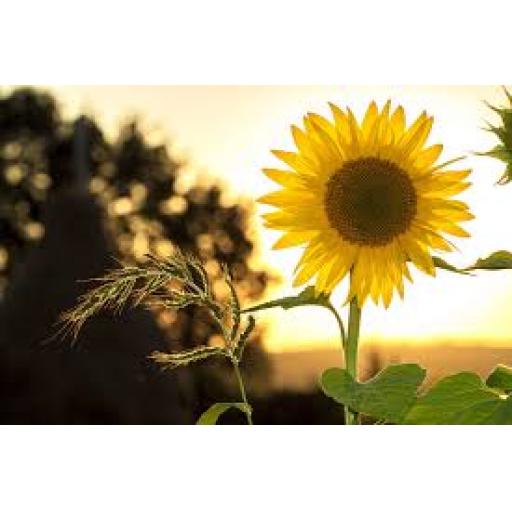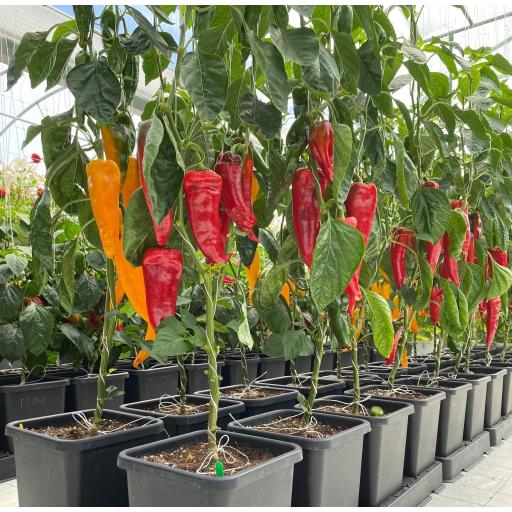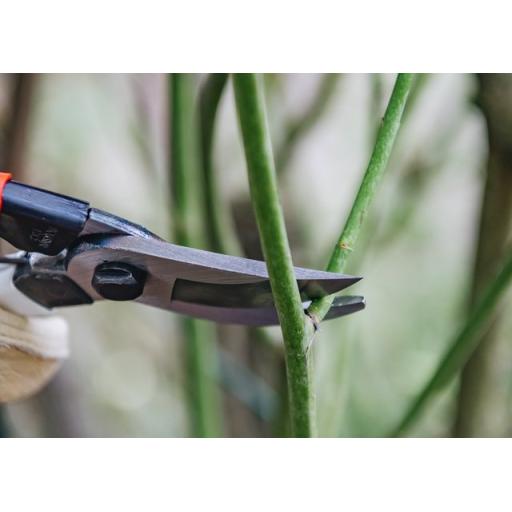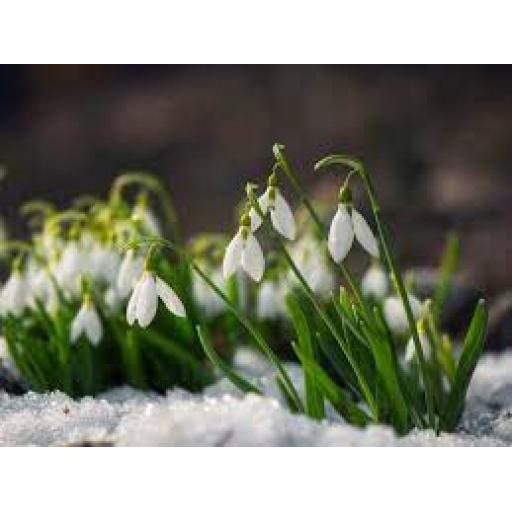Hydroponic Growing Advice Hydroponic growing is a soil-free gardening method that uses nutrient-rich water to grow plants faster and more efficiently. It's ideal for indoor growing, small spaces, and year-round gardening, making it a popular choice for home growers. How Hydroponic Growing...
17th Dec 2025
1. Prepare Healthy Soil for Vegetable Growing Healthy soil is the foundation of successful vegetable gardening. Before planting: Improve soil with organic matter such as compost or well-rotted manure Ensure good drainage to prevent root rot Test soil pH and nutrients for optimal...
17th Dec 2025
Even in winter, gardens and growing spaces are full of nature and new growth. There are plenty of jobs to get stuck into, including looking after wildlife, planting for winter colour, planting and pruning rose bushes or planning ahead for warmer days. Things to do in the garden during...
9th Nov 2025

The heat of summer is finally here! With temperatures set to soar into the high 90s and low 100s in the Pacific Northwest this weekend, the time is now to get your houseplants ready to handle the heat and switch into summer plant care mode. Though some sun-loving plants like succulents and...
27th Jun 2025

Whether it’s flowers, fruit, root vegetables, vine crops, brassicas, squashes, spices, or even pulses, our systems are capable of responding to plant requirements better than any other form of irrigation for one simple reason: the plants control their own watering. The plants are put in...
13th Jun 2025

Simply elevate your reservoir or water butt 150cm above the lowest AQUAvalve in your system and you will have ample gravity pressure to keep water flowing straight to your plants. As AutoPot negates the need for running water, practically any space becomes viable for growing. You can leave the...
13th Jun 2025

All AutoPot Watering Systems operate 100% power-free. Supply is gravity-fed and regulated by plant consumption rather than by timers, pumps or computers. Therefore there is simply no need for electricity. Economically and ecologically the systems represent a safe, sustainable solution that,...
13th Jun 2025

AutoPot Watering Systems allow people to create self-contained, indoor, semi-indoor, or outdoor green spaces even if they have no earth in which to plant. Such gardens are a horticultural lifeline for those with limited space. Similarly, those who are growing varieties that require close...
13th Jun 2025
Clean out and wash your greenhouse Clean out your greenhouse, wash the glass and check for damage Image: EleniyaChe/Shutterstock Now’s the perfect time to give your GREENHOUSE a good clean, ready for the seedlings and cuttings of spring. Wash the outside of your greenhouse with...
2nd Feb 2025

Late Winter Pruning It is hard to define exactly when to prune, depending on the severity of the winter, but it should be done at a point when the rose is showing the first signs of growth, normally in January or February; David Austin suggests you should have finished pruning by March....
29th Jan 2024

Many families take their major vacations during the peak of summer, which is exactly the point when most landscape plants are growing most actively and are most susceptible to drought injury. Unless you have an automatic watering system that covers your entire lawn and garden, you may well...
4th Jan 2024

There are many different types of plants that can bring colour and texture to your garden during the winter months. Here are just some of our gardeners' favourites. Snowdrops Perhaps the best known of the winter flowers, snowdrops are thought to have been introduced to British gardens in...
26th Nov 2022

Gardens and growing spaces are still places of creativity, nature and new growth during the winter months. There are plenty of jobs to get stuck into, including looking after wildlife, harvesting vegetables, pruning rose bushes or planning ahead for warmer days. Find out how to choose flowering...
26th Nov 2022
Composting is a process by which organic matter, such as leaves and food scraps, decomposes into soil. It’s a great way to recycle scraps from your yard and kitchen while also enriching the soil in your garden, improving water retention, and protecting against erosion. Although it may...
31st Oct 2021
1. Scrub off shade paint As the nights draw in, make the most of the available light by scrubbing shade paint from your greenhouse windows. This lets more of the sun’s rays through the glass, helping winter temperatures to climb that little bit higher, saving you...
2nd Oct 2021
Good preparation is critical for your garden to survive the wilting effects of the British summer. Summer means different things to different gardeners. While many southern and central regions bake dry, for instance, the steamy Top End is rejuvenated by drenching storms. But for all of us,...
4th Aug 2021
Once you have a good specimen, providing them with the proper care will increase their chances of survival and reblooming. Adequate lighting is vital for the survival of an orchid. "Phalaenopsis orchids can survive in a low-light space," says Palomares. However, the more bright, indirect...
4th Aug 2021
The Complete Guide To Planting Houseplants In Pots & Planters Creating a thriving green interior or container display does not have to be a hit and miss affair. Following a few simple planting techniques will ensure your indoor and outdoor plants have the right environment from the outset to...
29th Apr 2021
When to plant out bedding plants Bedding plants are often on sale early in the year from March onwards, and the temptation is to plant them out. Because bedding plants are tender, (which means they are not frost hardy,) do not plant out until the risk of frost has passed. Just because they...
8th Mar 2021